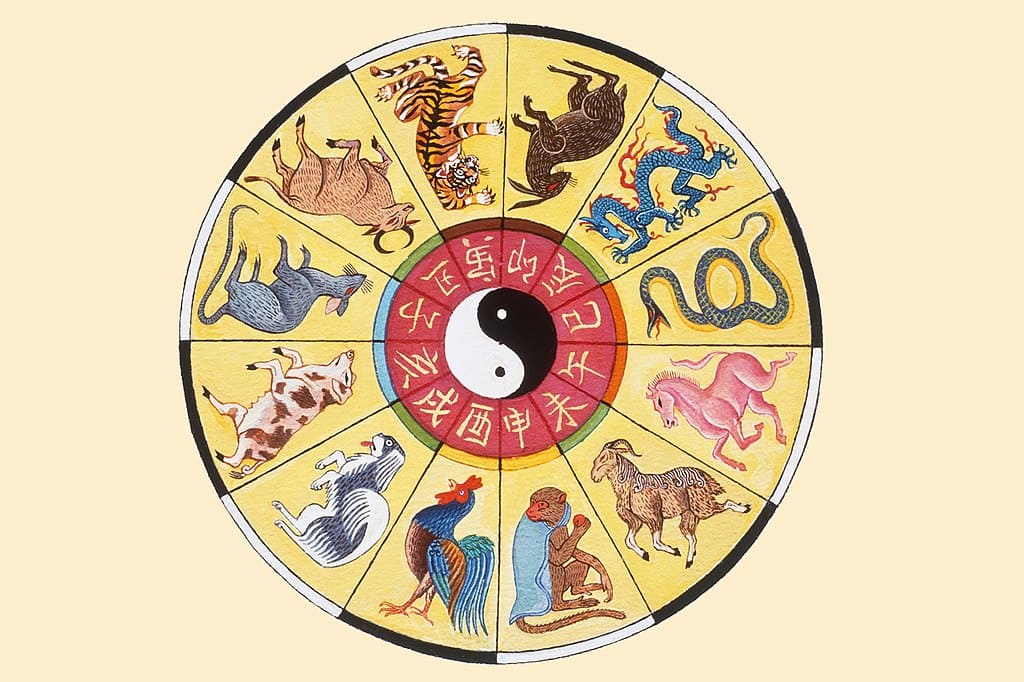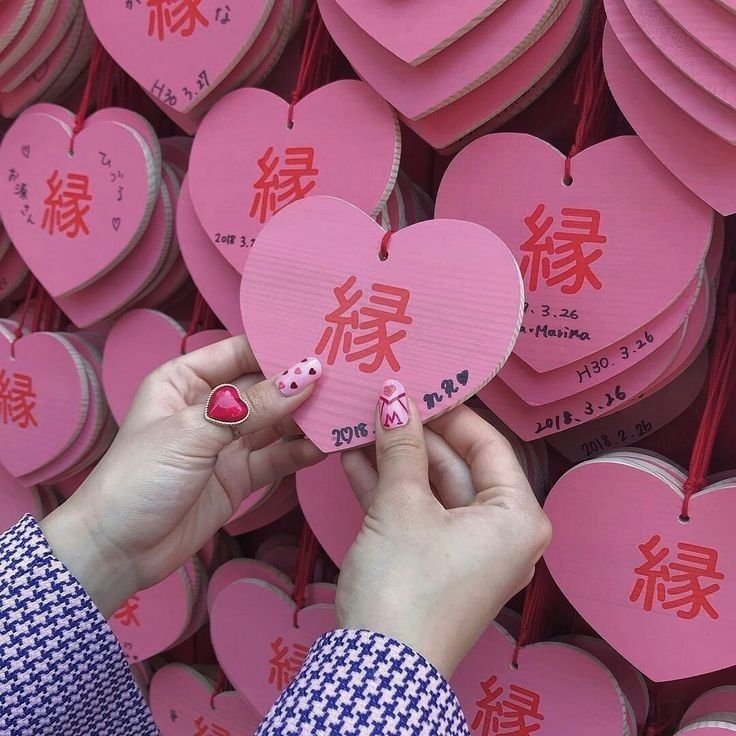
Japanese horoscope: the 12 zodiac signs and the year of the snake
The Japanese horoscope, called Eto (干支) (sexagesimal astrological calendar), differs from the Western horoscope and corresponds instead to the Chinese horoscope, which was imported to Japan by Buddhist monks in the 5th century AD and adopted by Empress Suiko in 604 AD.
The main difference from the Western horoscope is that while this one is based on the solar calendar (12-month cycle), the Japanese horoscope is based on the lunisolar calendar (linked to years) and 3 cycles that combine to form a complete cycle lasting 60 years called the sexagenarian cycle.
THE 3 CYCLES OF THE JAPANESE CALENDAR
One cycle consists of 5 elements, in sequential order: Wood, Fire, Earth, Metal and Water, which alternate in pairs of 2 years, for a total of 10 years per cycle. Each element corresponds to a planet, a cardinal point, a season, a flavor, one of the senses, a body area and a color.
A second cycle, of 2 years, is based on the philosophical principles of Yin and Yang. Yin is negative energy, Yang positive. If a balance can be found between the two, a healthy condition is created, conversely, a conflicting one.
But the best-known cycle, and closest to the Western conception of the horoscope, is the one consisting of 12 years associated with 12 animals, in sequential order: Rat, Ox, Tiger, Hare, Dragon, Snake, Horse, Goat, Monkey, Rooster, Dog and Pig. In addition to years, each animal also corresponds to a month, a day, a time zone, a cardinal point, a Buddhist deity (the latter association is uniquely Japanese), and some distinguishing features.
- Rat: December, Thursday, 11 p.m. - 1 a.m., North, Senju Kannon. Features: pursuit of perfection, charisma, intuition, cunning, desire for power
- Ox: January, Saturday, 01:00 - 03:00, Upper Northeast, Kokūzō. Features seriousness, determination, patience, stubbornness.
- Tiger: February, Saturday, 03:00 - 05: 00, Lower Northeast, Kokūzō. Features: rebellious spirit, impulsiveness, ambition, desire to excel.
- Hare/Rabbit: March, Friday, 05:00 - 07:00, East, Monju. Features: kindness, optimism, romance, love of peace.
- Dragon: April, Tuesday, 07:00 - 09:00, Upper Southeast, Fugen. Features: ambition, self-centeredness, fiery temperament, generosity.
- Snake: May, Friday, 09:00 - 11:00, Lower Southeast, Fugen. Features: wisdom, refinement, objectivity, magnetic charm.
- Horse: June, Wednesday, 11 a.m. - 1 p.m., South, Seishi. Features: love of freedom and novelty, independence, resourcefulness, recklessness.
- Goat/Sheep: July, Monday, 1 to 3 p.m., South Lower West, Dainichi. Features: shyness, sensitivity, insecurity, creative spirit.
- Monkey: August, Sunday, 3:00 p.m. - 5:00 p.m., Upper Southwest, Dainichi. Features: intelligence, cunning, decisiveness, reliability.
- Rooster: September, Saturday, 5 p.m. - 7 p.m., West, Fudō. Features: courage, determination, independence, desire for prominence.
- Dog: October, Friday, 7 p.m. - 9 p.m., Lower Northwest, Amida. Features: loyalty, sense of justice, loyalty, strong bond with family.
- Pig/Boar: November, Thursday, 9 p.m. - 11 p.m., Upper Northwest, Amida. Features: optimism, tolerance, empathy, passion for the pleasures of life.
The three cycles are intertwined, determining that each year is characterized by an animal, an element and Yin or Yang energy.

Sexagenary cycle of the Japanese horoscope: 1984 to 2043
Source: https://en.wikipedia.org/wiki/Sexagenary_cycle
CURIOSITY
Those who enter the year of their zodiac sign are called toshionna (年女), if they are women, and toshiotoko (年男), if they are men.
In Japan, the term Yakudoshi (厄年), or “unlucky year,” refers to particular ages considered critical: for men, the 25th, 42nd, and 61st years of life, and for women the 19th, 33rd, and 37th years.
Turning 60, which corresponds to the completion of the sexagenarian journey, is considered a moment of rebirth of the person, and not the end of the person, and is referred to as Kanreki (還暦). On this date the celebrant receives a hood and a chanchanko both in red as a symbol of protection from evil.
WHAT YEAR CORRESPONDS TO 2025 IN THE JAPANESE CALENDAR? WHAT DOES IT MEAN?
Following the Japanese horoscope, and thus the intersection of the 3 cycles, 2025 is the year of the Wood Snake Yin, a combination that will recur in 60 years.

Source: Canva
The Snake occupies the sixth place in the zodiac and is considered a symbol of transformation, just as the snake changes its skin. Those born under this sign are distinguished by wisdom, charm and refinement. Wood, on the other hand, is the only element considered “alive” and is associated with growth, stability, creativity and connection with nature.
The combination of the three factors means that people born in the year of the Yin Wood Snake are known for their determination and perseverance, which sometimes turns into stubbornness. They are very communicative, love deep and stimulating conversations. They are careful to maintain a balance with their surroundings while staying true to their own ideas. In detail, men of this sign are considered thoughtful, aesthetically minded, and rational, while women are distinguished by their energy, charm, and kindness.
A favorable year, marked by successes and growth, is shaping up for 2025. However, the energy of the Snake will be tempered by the influence of Yin Wood, which may result in a tendency not to complete what has been started. In the area of relationships, it will be a year conducive to strengthening them through empathy and mutual understanding.
If you were born in the year of the Snake or identify with its characteristics, here are two examples of outfits you can be inspired by to convey the charm and energy of this sign.


Barbara Mary Jane Hopkins Men's Boat Shoes
Featured image: https://www.matteoingiappone.it/sapevate-che/lo-zodiaco-giapponese/



